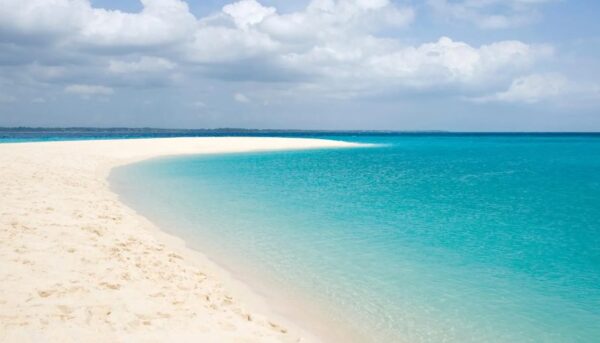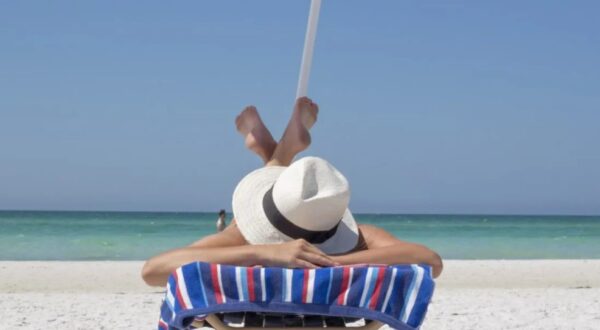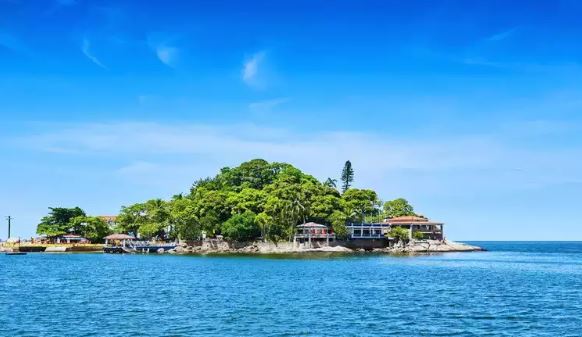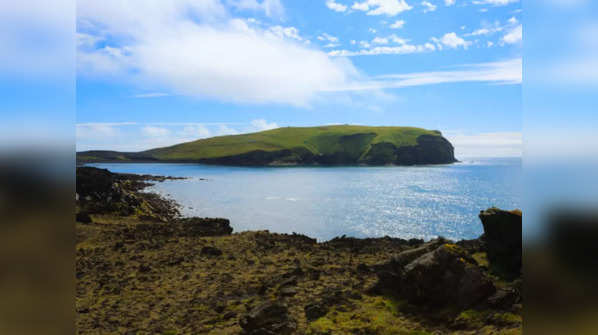Lifestyle
5 islands that are permanently off-limits to tourists
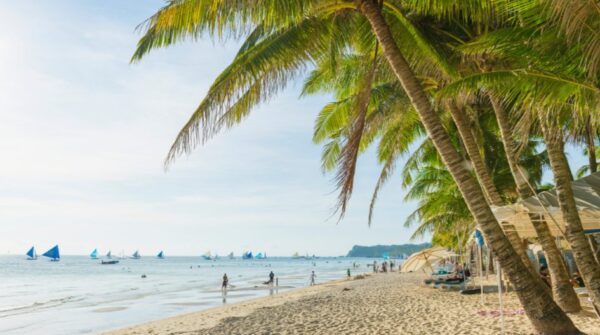
Across the globe, there are countless islands that captivate the imagination with their beauty, mystery, or sheer inaccessibility.
While many are open to adventurers and tourists, some remain strictly off-limits, shrouded in secrecy or protected for compelling reasons.
These prohibited islands are forbidden due to factors like ecological preservation, cultural isolation, or outright danger.
Here are five such islands from around the world that you cannot visit, each with its own unique story.
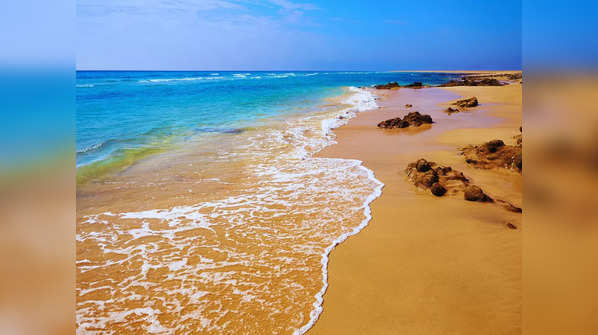
1. North Sentinel Island, India
Located in the Andaman and Nicobar Islands, North Sentinel Island is home to the Sentinelese, one of the last uncontacted tribes on Earth. Estimated to have lived in isolation for over 60,000 years, the Sentinelese fiercely reject outsiders, often meeting intruders with hostility. The Indian government has enforced a strict no-contact policy, prohibiting all visits to protect both the tribe’s way of life and visitors from potential harm. Only a few expeditions to North Sentinel Island were met with peaceful outcomes. The first successful expedition was back in 1991. At present, the Indian Coast Guard regularly patrols the waters surrounding the island

2. Ilha da Queimada Grande, Brazil
Also known as Snake Island, this small landmass off the coast of Brazil in the Atlantic Ocean is a haven for thousands of golden lancehead vipers, one of the world’s most venomous snakes. With an estimated density of one snake per square meter, the island poses an extreme risk to humans. The Brazilian government has banned all public access, allowing only occasional scientific expeditions accompanied by medical personnel.
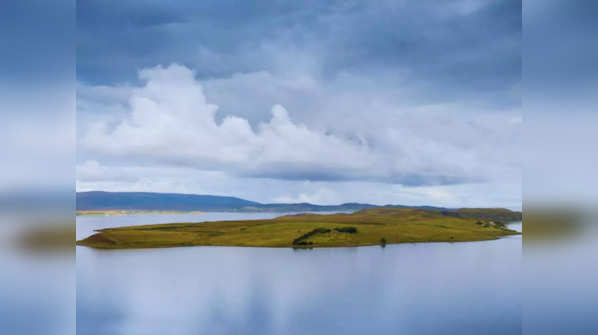
4. Gruinard Island, Scotland
During World War II, Gruinard Island was used by the British government to test anthrax as a biological weapon. The experiments left the island contaminated for decades, earning it the nickname “Anthrax Island.” Although decontaminated in the 1980s, it remains uninhabited and closed to the public.
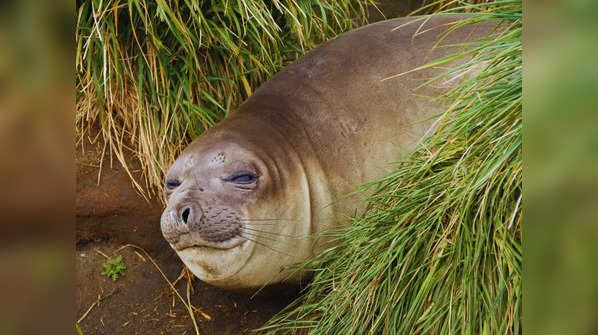
5. Heard Island, Australia
Heard Island is known for its rugged terrain, active volcano (Big Ben), and unique ecosystems, including penguin colonies and seal populations. Its isolation—over 4,000 kilometers southwest of mainland Australia—and harsh weather make access nearly impossible for casual visitors. A lot of strict conservation measures are taken to keep the island’s pristine environment intact.



